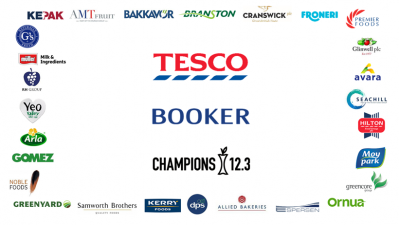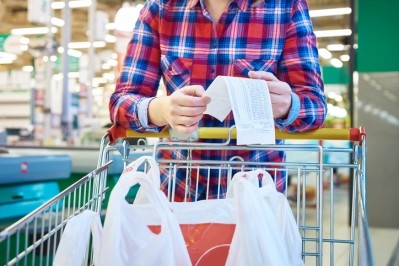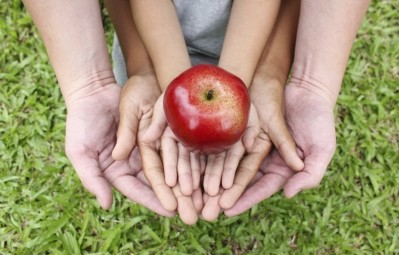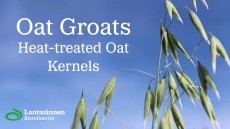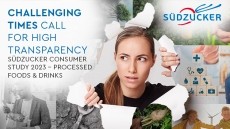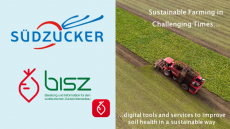Population growth ‘a threat to food quality’
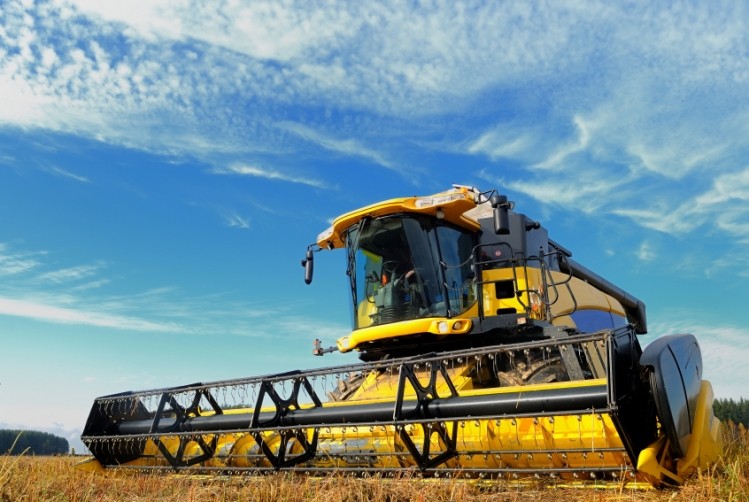
The Food and Agricultural Organization of the United Nations (FAO) forecasts that global food production will need to increase by 70% if the population reaches 9.1bn by 2050.
The US-based Population Institute suggests that this forecast could even “underestimate” future need. “The FAO's forecast does not take into account any increase in agricultural production for biofuels. Earlier reports by FAO projected that biofuel production by 2030 will require 35m hectares of land--an area about the size of France and Spain combined.”
In the developing world, where the population is expanding at a faster clip, production will need to double, the FAO predicted. But developed regions like Europe will also need to increase their output in order to feed populations that are being boosted by longer life spans and immigration.
The population in the European Union is forecast to grow by 3.9% through to 2040, according to figures from Eurostat. While some countries – such as Greece, Latvia and Bulgaria – are expected to see a drop in population size, markets like Sweden, Austria and Ireland are predicted to rise 23.1%, 17.6% and 16.6% respectively.
The agri-food sector will have to overcome additional challenges as it works to increase in food production. These include groundwater depletion, climate stress, soil degradation and loss of farmland to urbanisation.
Pressure on standards
The rising population is expected to place “extreme pressure” on existing food systems, according to Charles Sissens, an analyst with information and analysis provider GlobalData.
“As overpopulation takes hold, producers find themselves under pressure to meet amplified demand for food, thus placing vast constraints on production and distribution channels. For example, as crop yields grow in size, producers cut corners and attempt to inflate their production line. This jeopardizes the quality of the crop, thus hindering food standards. Moreover, as food production expands, there is a strain on factors of production/natural resources: loss of farmland to urbanization, groundwater depletion, potential flooding, etcetera,” he told FoodNavigator.
Sissens said that commodities most “at risk” of falling standards are those linked to agriculture: cereals, bakery, savoury snacks, beverages – “most food sectors” in fact. “This is because these categories are directly linked to producers seeking to expand production, thus leading to negative externalities,” he explained.
Sissens believes that the greatest risk to food quality posed by a rising population is declining production standards as producers seek out short-cuts to higher yields. Short-term measures to increase production levels can degrade food quality standards and damage the longer term production outlook, exasperating problems like soil degradation. “The main threat identified is more about food standards becoming worse over time, spurred by the increase in demand for food and constraint on natural resources.”
Professor Chris Elliot, founder of the Institute for Global Food Security and professor of food safety at Queens University Belfast, concurs that population growth is placing huge pressure on the system.
Professor Elliot, who will be speaking at the 2018 Oxford Farming Conference in January, said these issues can sometimes mean food is being produced without consideration for its nutritional value and, in other cases, for the human rights of those producing the food. He also linked rising demand due to population growth to an increased risk of food fraud within the supply chain.
“Supply chains have become very complex, and every time there is a transaction, there is another opportunity to cheat. The competitive nature of the food business means that operators work on very small profit margins and corners are being cut – there’s no doubt about it – in relation to safety, quality and integrity,” he said.
What are the solutions?
GlobalData’s Sissens suggests that greater attention must be paid to “achieving the balance between quality and quantity”.
Emerging agricultural technologies also afford the opportunity to boost production without hindering standards, he continued.
“The solution can be achieved by investing in technology, thus helping increase food production without compromising quality. For example, there are lots of sensor-based technologies capable of identifying imperfections and can improve the quality of the yield, therefore reducing waste. Given this, new innovations in technology will continue to maintain this balance by boosting food production, whilst distributing efficiency across the domestic market.”
Elsewhere, there is a growing acknowledgment of the need to reduce food waste in order to improve food security. Around one-third of food produced worldwide is lost or wasted each year, representing an economic cost of around $940bn annually. Cutting this level of waste would reduce the pressure placed on the food system by demographic changes.
This target that is spelled out in the United Nations Sustainable Development Goal 12.3.
SDG 12.3 states: “By 2030, halve per capita global food waste at the retail and consumer levels and reduce food losses along production and supply chains, including post-harvest losses.”
The food sector has broadly rallied around the ambition. According to sector organisation Champions 12.3, which was formed by industry to promote the SGD, nearly 60% of the world’s 50 largest food companies have set targets to cut food loss and waste from their operations.
